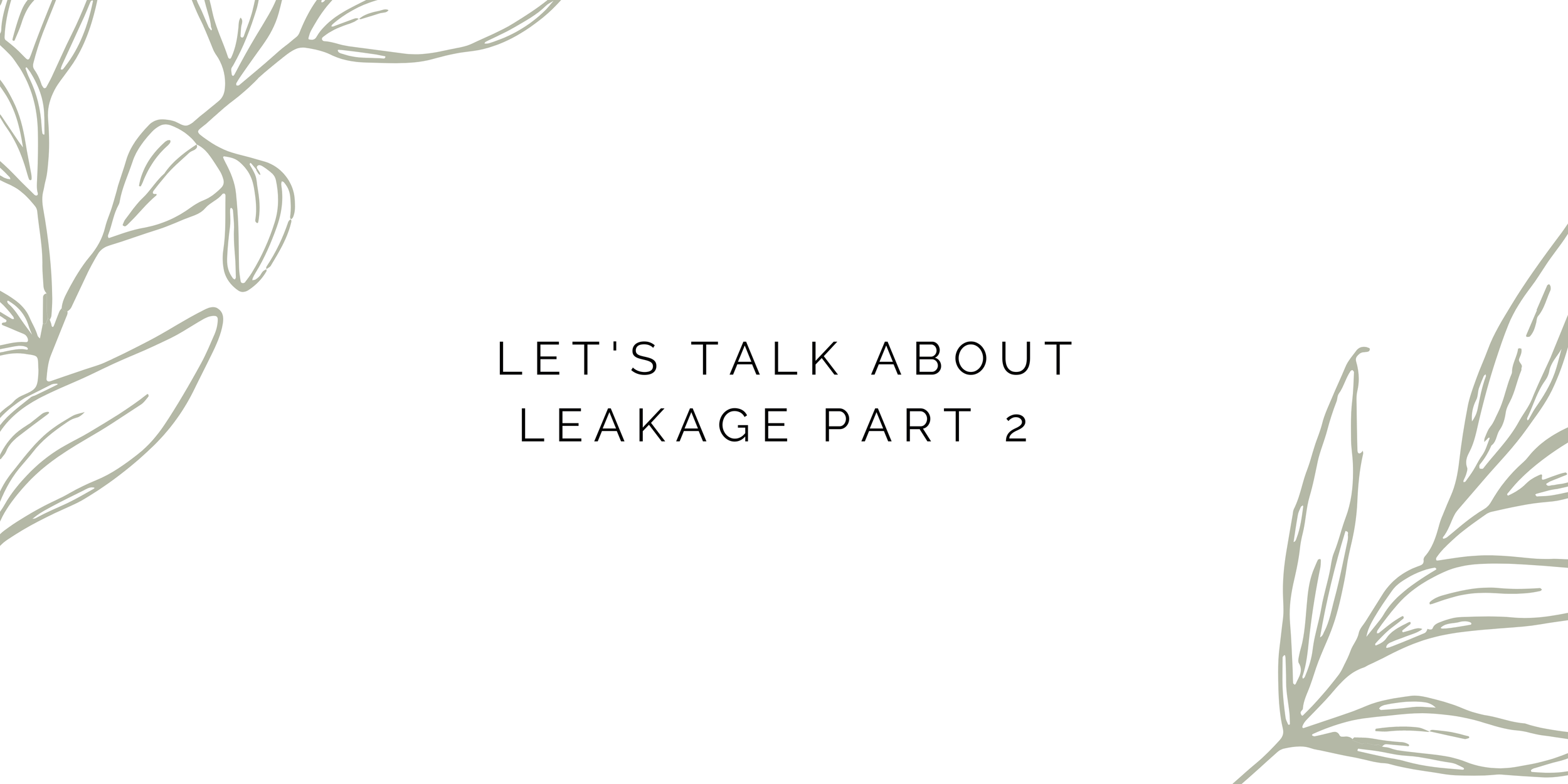Say Goodbye to Bladder Leakage: Understanding Causes and Solutions Part 2… All About Pee and Poop Behaviors
Many times during an initial evaluation, a patient has told me that they have been doing kegels every day but they are still having leakage. I can only imagine how frustrating it would be to feel that something so simple as contracting your pelvic floor like a bicep curl every day wouldn’t be able to ‘fix’ a very sensitive problem.
Sometimes it is just as simple as doing kegels, however, in my experience, there is much more going on than weakness in the pelvic floor that is causing leakage. Research shows this as well, especially for my CrossFit ladies! For the next 4 newsletters, I will be talking about other reasons we could be having pee leakage. This is part 2 of 6 discussing other reasons you could be having urinary leakage.
Today we are going to discuss toileting behaviors. During an initial eval, I ask very personal questions about your bowel and bladder habits that can be hard to talk about. I can guarantee that no medical provider, besides another pelvic floor PT, will ask you the amount of in depth and specific questions to help understand your struggles. These questions give me a very unique picture into your lifestyle and habits so I can give you suggestions to improve your toileting behaviors to be more successful! Even though we are talking about pee leakage with this newsletter, I ask about your pooping habits because they can contribute to pee leakage!
Some questions that I may ask about your bladder habits:
How many times a day do you pee?
How many times a night do you pee?
When you have the urge to pee, do you rush to the bathroom or can you hold it?
Do you have pain when you pee?
Is your stream consistent or stop and go?
After your are finished peeing, do you feel empty or do you feel there is still something there?
Do you have leakage?
If you have leakage, does it happen when you do something or after an urge?
Are you worried or bothered about your pee habits?
Some questions that I may ask about your bowel habits:
When you have the urge to poop, do you rush to the bathroom or can you hold it?
When you get to the bathroom, do you need to strain or does the poop come out easily?
How many times a day/week/month do you poop?
Do you feel empty after you poop?
What does your poop look like?
Do you have pain with pooping?
Did you struggle with pooping as a kid?
Does certain foods affect your poop?
Are you worried or bothered about your poop habits?
So once I get all of this info, then I can help you form a plan to help improve your bowel and bladder habits.
Here are a few suggestions to improve your toileting experience:
Some positions to empty urine and stool.
Using a squatty potty is a great way to help relax the pelvic floor to have a bowel movement and to urinate. For urination specifically, you may need to lean forward and press on your lower abdomen to empty completely.
DO NOT KEGEL WHILE URINATING!!!
I know that is aggressive when typing in all caps but it is horrible advice... and unfortunately that is still suggested on blogs online. Urinating is about letting go and relaxing and kegels are the opposite of that.
I want you to breathe or hum instead!
Limit just in case bathroom trips.
If you are heading out the door to head to work but you already peed an hour ago, try to not pee before leaving the house.
Your poop should look like a soft sausage. I care about what your poop looks like because if you are constipated, that can put pressure on your bladder which can cause urgency and leakage.
If it looks like rabbit pellets (a sign of constipation), you may need to move your body or drink more water to help the poop move in your system.



